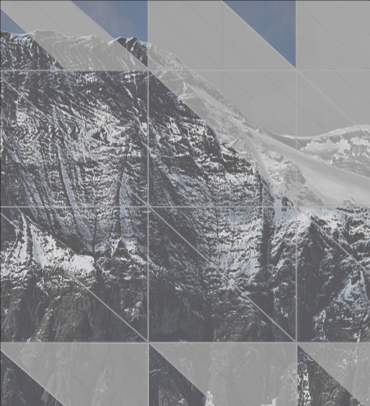
Valentina Collu
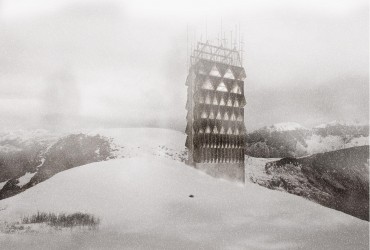
Melanie Imfeld
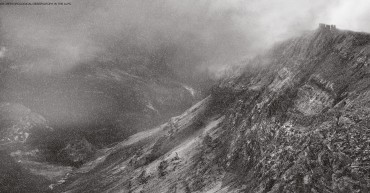
Nina Grabar
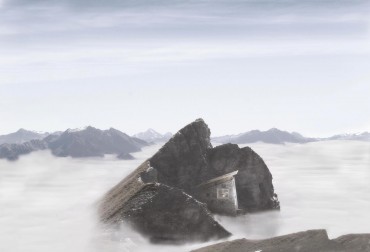
Simon Schöttler
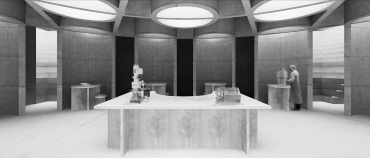
Michael Bachmann
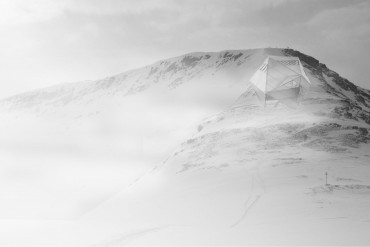
Lena Schneider
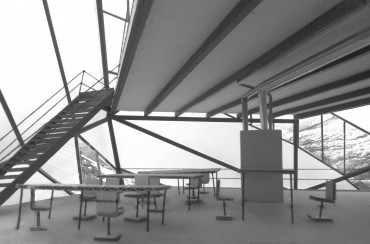
Lena Schneider
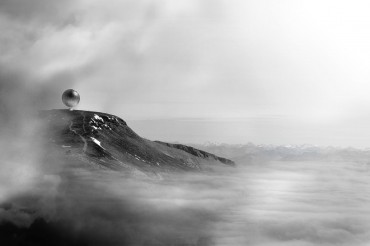
Benjamin Pannatier
16.7.2014 – Issue 14 - Air – Sauter Florian, Mateo Josep Lluís, Schmidlin Chasper, Steinemann Ramias, von Mackensen Till – Videos, Studio
Meteorological Observatory
by Josep Lluis Mateo,Till von Mackensen, Chasper Schmidlin, Ramias Steinemann and Florian Sauter
PAINTING WITH AIR
At an artistic level, the picture could be painted with the remains of the sky;
making the enclosure ready to receive and interact with different states of
matter. Rendering in bad weather conditions to give the elusive, airy medium a
tangible form.
(1) Vertical dissolution towards the top.
(2) Reflections and transparencies on the surface, with Bruno Taut in mind
(Alpine Architecture).
(3) Construction able not only to repel snow, but also to keep it.
CASTLES AND ROCKS
At the end of the earth, we can, with help (Caspar David Friedrich), add another
step, another rock to the slope, like medieval castles. But in the modern era, in
our Romantic neo-medieval time, the castle is ruined; the solid and the gaseous
interact, as though the air erodes the stone and contrasts its solidity with
increasing hollowness (1).
On summits, too, rocks sometimes take organic, anthropomorphic forms. The
mountain could be like a bird that spreads its wings to protect the building,
which is like an egg in a complex sectional configuration, harboured in a cosy
inner core behind the protective, massive skin (2).
PLATONIC SOLIDS AND ARCHETYPES
At the limit, archetypes appear. The sheltering tent of the nomad, its textile
origin recalled in modern times by Buckminster Fuller (1) and the Platonic solid,
the sphere, the ideal recipient for fluids with constant pressure both on and
from its exterior (2).
The tent as a light, transportable structure that supports a skin. Cables that
are anchored by points to the ground, like the pegs that support the climber.
The sphere levitating, shining in space, a technical—that is, abstract, form. A
geometry of limits to which all Platonic solids tend.
Download article as PDF

